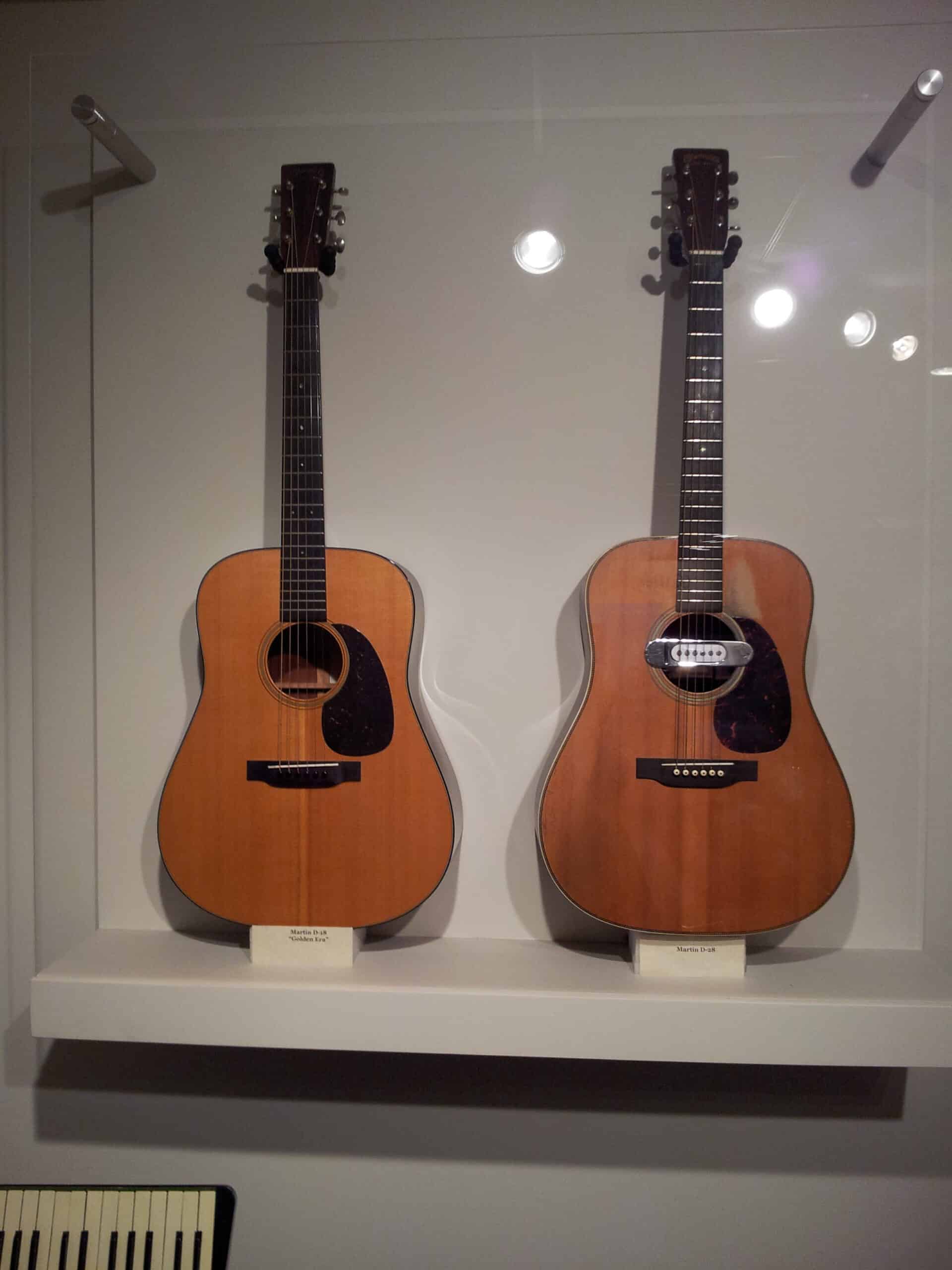Throughout history, numerous artifacts have been discovered that baffle historians and archaeologists alike. These rare objects, with origins shrouded in mystery, provide tantalizing glimpses into ancient civilizations and forgotten cultures. Despite extensive research, the true purpose and origins of these artifacts remain unknown, sparking endless curiosity and debate. Here, we explore 16 of the most intriguing historical artifacts whose secrets continue to elude us.
The Antikythera Mechanism
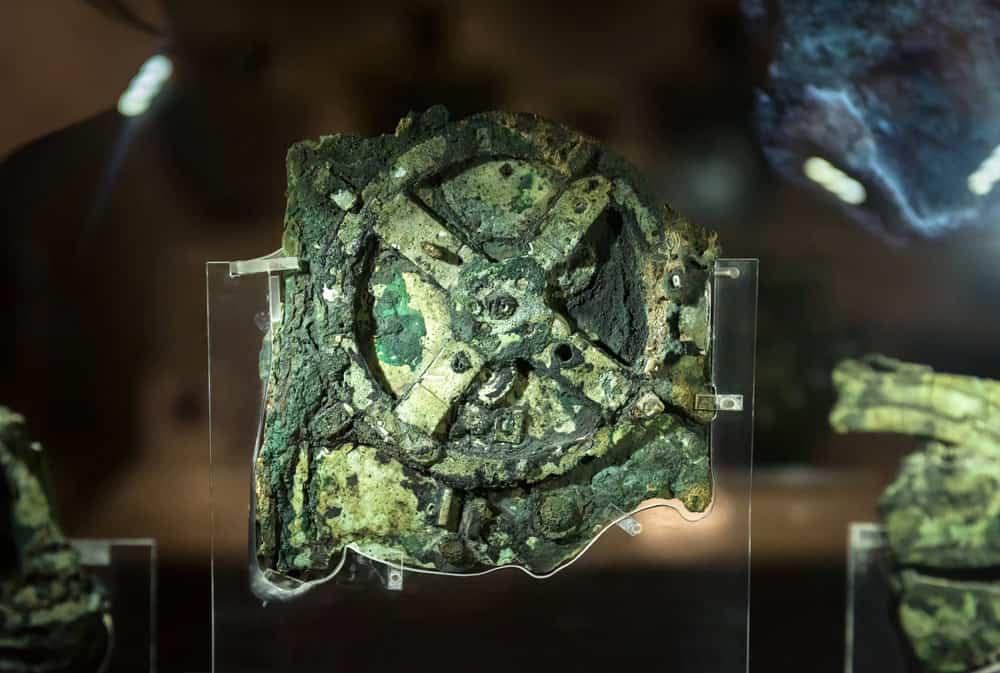
The Antikythera Mechanism, discovered in 1901 off the coast of Greece, is a complex clockwork device dating back to around 100 BCE. Despite its advanced engineering, its precise purpose remains a mystery. Many researchers believe it was used to predict astronomical positions and eclipses. Its complexity suggests a sophisticated understanding of mechanical principles far beyond what was previously thought possible for that era. To this day, it stands as a testament to the ingenuity of ancient civilizations.
The Phaistos Disc
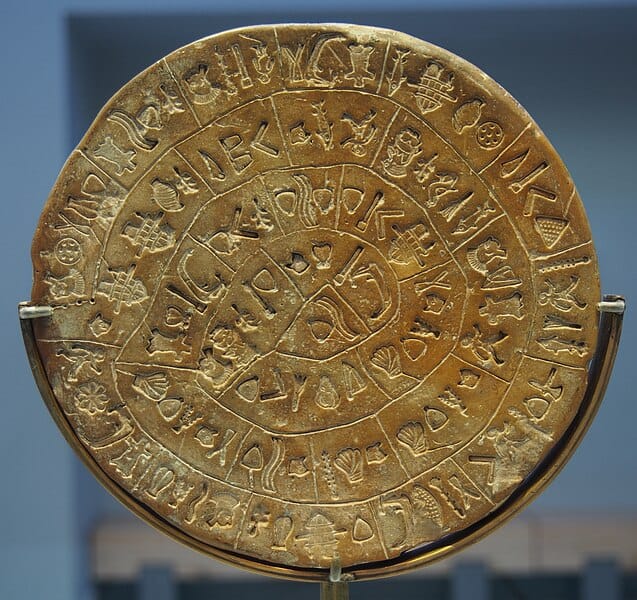
Unearthed in 1908 on the Greek island of Crete, the Phaistos Disc is a clay disk inscribed with a series of mysterious symbols. The purpose and meaning of these symbols have baffled linguists and archaeologists for over a century. The disc dates back to the Minoan civilization, yet no similar script has been found elsewhere. Its unique spiral arrangement suggests it could be a form of proto-writing or even an early printing method. Efforts to decode its symbols have yet to yield definitive results.
The Shroud of Turin

The Shroud of Turin is a length of linen cloth bearing the image of a man who appears to have suffered physical trauma in a manner consistent with crucifixion. Believed by some to be the burial shroud of Jesus Christ, its exact origins remain debated. Radiocarbon dating has placed its creation in the medieval period, but the debate continues due to conflicting evidence. The image’s formation process is still not fully understood. Whether it is a medieval forgery or a genuine relic, it remains an object of fascination and controversy.
The Baghdad Battery

Discovered near Baghdad, Iraq, the Baghdad Battery is a set of artifacts dating back to the Parthian period (roughly 150 BCE to 223 CE). The objects resemble modern galvanic cells, leading some to speculate that they were used for electroplating or some other form of electricity generation. However, no clear evidence supports this theory. Their true purpose remains unknown, and their existence challenges our understanding of ancient technological capabilities. These artifacts hint at potentially lost knowledge of early electrical experimentation.
The Voynich Manuscript
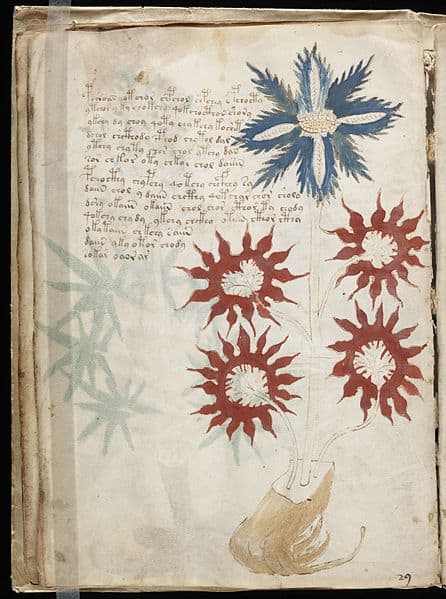
The Voynich Manuscript, a 15th-century codex written in an unknown script, has puzzled scholars since its discovery. Its pages are filled with strange diagrams, plants, and astronomical charts, none of which can be conclusively identified. Numerous theories have been proposed about its origins and purpose, ranging from an elaborate hoax to an alchemical treatise. Despite extensive cryptographic efforts, its text remains undeciphered. This enigmatic manuscript continues to captivate the imagination of researchers and conspiracy theorists alike.
The Nazca Lines

The Nazca Lines are a series of large geoglyphs etched into the desert plains of southern Peru. Created by the Nazca culture between 500 BCE and 500 CE, their purpose and method of creation are still subjects of debate. The lines form various shapes, from simple lines to complex animal figures, best viewed from the air. Some theories suggest they were astronomical markers or part of religious rituals. Despite numerous studies, the full significance of these massive drawings remains elusive.
The Fuente Magna Bowl

The Fuente Magna Bowl, discovered in Bolivia, features inscriptions in what appears to be Sumerian cuneiform and a proto-Sumerian script. This finding is perplexing, as it suggests a potential contact between ancient Sumer and pre-Columbian South America, a theory not supported by mainstream archaeology. The bowl’s exact age and origin are still debated. Its presence in South America raises questions about ancient transoceanic travel and cultural exchange. Scholars continue to study this artifact to understand its true significance.
The Saqqara Bird
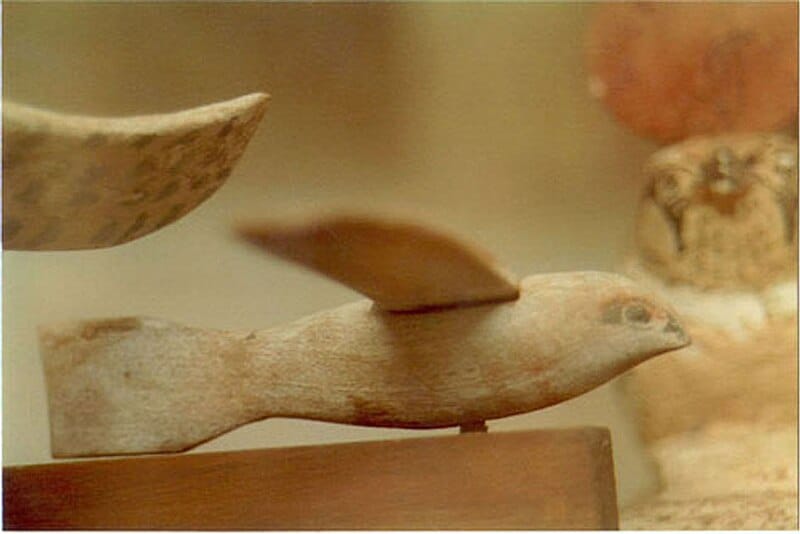
The Saqqara Bird, a small wooden figure found in an Egyptian tomb, dates back to around 200 BCE. Resembling a bird, it features wings and a tail that suggest it might represent a model of an early flying machine. Some researchers believe it could be evidence of early aerodynamic experimentation. However, its exact purpose remains speculative. Whether a simple child’s toy or an ancient prototype for flight, the Saqqara Bird continues to intrigue.
The Piri Reis Map
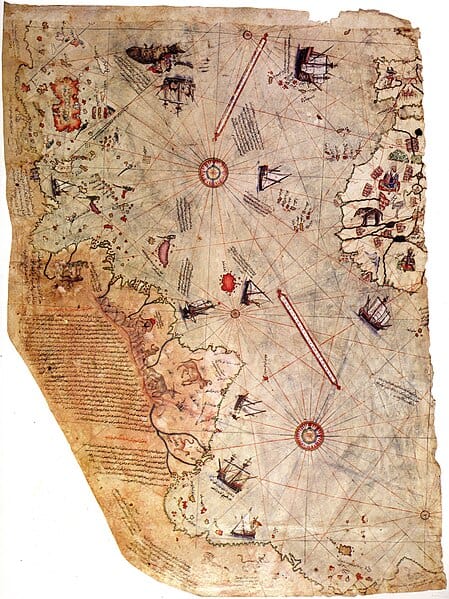
The Piri Reis Map, created in 1513 by the Ottoman admiral Piri Reis, depicts parts of Europe, Africa, and South America with remarkable accuracy. The map’s most intriguing aspect is its depiction of the Antarctic coast, which was not officially discovered until 1820. This raises questions about the sources of Piri Reis’s knowledge. Some theories suggest he had access to ancient maps from lost civilizations. The map’s precision and mysterious origins challenge conventional historical narratives.
The Roman Dodecahedrons

These small, hollow objects made of bronze or stone have been found across the Roman Empire. Despite being dated to the 2nd or 3rd centuries CE, their exact function remains unknown. The dodecahedrons feature twelve flat pentagonal faces, each with a circular hole of varying diameter. Suggestions for their use range from candlestick holders to survey instruments or even children’s toys. Their true purpose remains one of the Roman Empire’s unsolved mysteries.
The Codex Gigas

Also known as the Devil’s Bible, the Codex Gigas is a massive medieval manuscript from the early 13th century. It contains the complete Latin Vulgate Bible, historical texts, and a large, mysterious illustration of the devil. According to legend, it was created by a monk in a single night with the help of the devil himself. Its origins, the identity of its author, and the reason for its creation remain shrouded in mystery. The manuscript’s unusual content and the sheer effort required to produce it continue to baffle scholars.
The Stone Spheres of Costa Rica

Discovered in the Diquís Delta of Costa Rica, these nearly perfect stone spheres vary in size from a few centimeters to over two meters in diameter. Created by the pre-Columbian Diquís culture, their purpose is still debated. Some theories propose they were used for astronomical purposes, while others suggest they were markers of status or navigational aids. Their precise manufacturing method is also unknown, adding to their enigma. These mysterious spheres remain a symbol of Costa Rica’s ancient heritage.
The Blythe Intaglios

The Blythe Intaglios, massive geoglyphs located in California’s Colorado Desert, depict human and animal figures. Created by the native peoples of the region, their age is estimated to be between 450 and 2,000 years old. The purpose and meaning of these geoglyphs are unknown, as they are difficult to see from the ground and best viewed from the air. Some theories suggest they were created for religious or ceremonial purposes. Despite their obscurity, they offer a glimpse into the region’s ancient cultures.
The Georgia Guidestones

Erected in 1980 in Elbert County, Georgia, the Georgia Guidestones are a set of granite monoliths inscribed with guidelines in multiple languages. The identity of the person or group who commissioned them remains unknown. The inscriptions outline principles for rebuilding civilization after an unspecified apocalypse. Their origin and purpose have sparked numerous conspiracy theories. Despite their recent creation, their mysterious backstory and cryptic messages make them a modern enigma.
The Rennes-le-Château
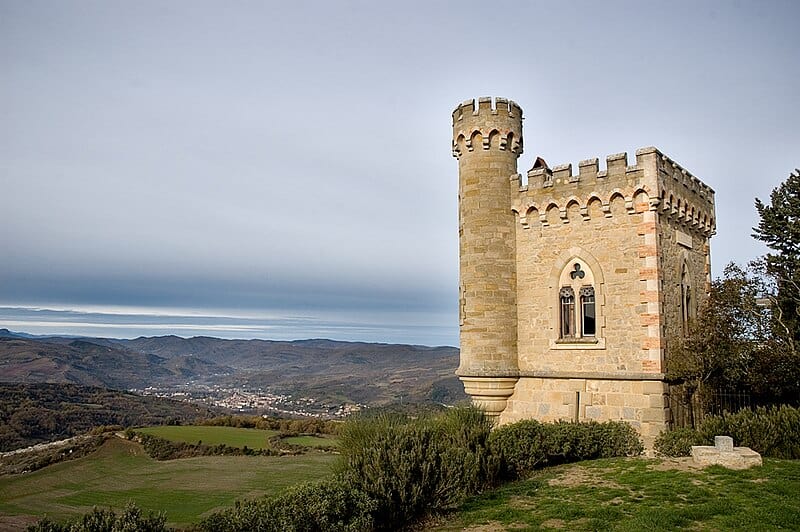
Rennes-le-Château, a small village in southern France, gained fame due to rumors of hidden treasure and secret societies. The mystery centers around the parish priest Bérenger Saunière, who allegedly discovered a hidden treasure in the late 19th century. Various theories propose connections to the Knights Templar, the Holy Grail, and secret religious knowledge. Despite extensive investigations and excavations, no definitive evidence has been found. The legend of Rennes-le-Château remains a captivating tale of mystery and speculation.
The Kensington Runestone

Discovered in Minnesota in 1898, the Kensington Runestone is a slab of greywacke covered in runic inscriptions. The text describes a Norse expedition to North America in the 14th century, predating Columbus by over a century. Its authenticity has been hotly contested, with some experts considering it a modern hoax. However, recent studies have reignited the debate about its origins. The Kensington Runestone remains an enigmatic artifact with the potential to rewrite history.
This article originally appeared on Rarest.org.
More From Rarest.Org
Acoustic guitars have shaped the sound of music for decades. Here are the most iconic models ever made, each with its unique features and history. Read more.
Expanding your vocabulary can enrich your communication and provide a deeper understanding of the world around you. While common words serve us well in daily conversations, unique words can add color and precision to our expressions. Read more.
Collecting vintage toys is a beloved hobby that brings back fond memories of childhood while offering a glimpse into the past. These treasured items, ranging from iconic action figures to beloved dolls, have not only retained their charm over the decades but have also gained significant value. Read more.

